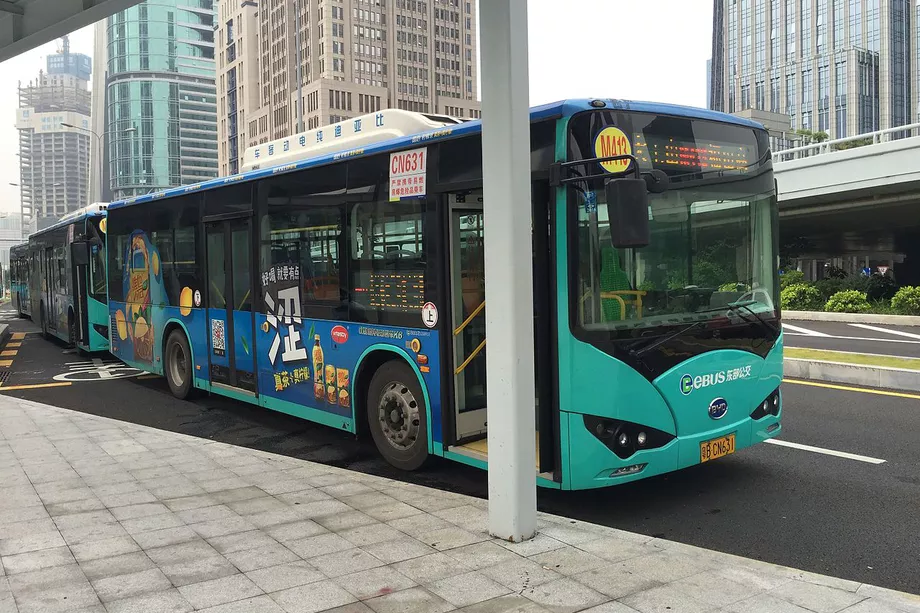What City Observatory did this week
1. City Limits: Some qualms about the new localism. The nation is deeply divided along political lines and it’s depressingly unlikely that we’ll generate national consensus on many issues soon. That, coupled with some palpable excitement about the positive steps being taken to pioneer better approaches to some problems at the city level has led to a growing chorus for a new localism. A new book from Bruce Katz and Jeremy Nowack makes just that case. In our view, localism can’t work without a strong, competent and relatively generous federal government. Cities can be the laboratories of democracy, but full scale implementation almost invariably has to be done nationally. While no one expects the feds to ride to the policy rescue, we’re complacently assuming that the federal government will continue doing what its always done (cashing social security checks, underwriting food and medical care for the aged and poor, and protecting a wide range of civil rights. All of those functions are endangered now, and even the most ambitious localism will be overwhelmed if the federal foundation is eroded.
2. Yet another misleading congestion report. It happens every year: this time its big traffic data company Inrix with a report claiming–erroneously, in our view–that congestion is costing people in the US, UK and Germany hundreds of billions of dollars a year. This and other work (like the now-apparently-defunct Texas Transportation Institute Urban Mobility Report, are based on the demonstrably false proposition that we could somehow build enough roads so that everyone could drive just as fast at peak hours as they do when there’s no traffic at all. Not only could you not build (or pay for) that many roads, as we’ve learned from the fundamental law of road congestion, building more capacity would simply generate more travel, and we’d have even more traffic and congestion. We have a bullet-point digest of the key reasons why this congestion study is, like its predecessors, wrong. It’s sad that this arsenal of big data is being used primarily for propaganda and publicity, rather than actual problem solving.
Must read
1. Is inclusionary zoning backfiring in Portland? It’s not often that an alt-weekly newspaper does the heavily economic lifting, but this time, the Portland Mercury has a pretty thorough statistical analysis of inclusionary zoning (IZ). Portland’s IZ requirements went into effect just a year ago, on February 1, 2017, and since then, according to the Mercury’s tabulations and interviews with local architects and developers, apartment construction has almost ground to a halt. The number of new apartments seeking permits has fallen to fewer than 700, from between 3,000 and 6,000 per year in the last few years. The buildings being proposed subject to the IZ ordinance may result in somewhere between 55 and 170 affordable units, far too few to make a measurable impact on housing affordability. The danger here is that by discouraging additional private construction, the IZ ordinance will actually make the housing supply situation worse, just as the market has seemed to be responding.
2. One city already has a completely electric bus-fleet. Shenzen, the city of more than 11 million, just north of Hong Kong, has deployed more than 16,000 electric buses, and has scrapped the last of its fossil fueled fleet. Switching to electricity is expected to reduce carbon emissions from the transit system by 1.3 million tons per year. To support the system, the city has installed more than 500 charging stations city-wide. If the Chinese can do it, why couldn’t an American bus operator? (Hat tip: Stan Curtis)
3. Did a lack of transit sink Detroit’s candidacy for HQ2? Surprisingly, to some observers, Detroit didn’t make the list of 20 second-round contenders for Amazon’s much desired Headquarters2, in spite of a technical and creative workforce measurably larger than many of the metros that did advance. Why? One of the reasons offered, we’re told is that the region’s transit system wasn’t up to snuff, and wouldn’t be the kind of asset Amazon needed to attract and transport its prospective workforce (presumably to an urban location). The subject came up in the continuing battle over how to pay for an expansion of transit in Metro Detroit (Its suburbs are balking). Wayne County Executive Wayne Evans told Crain’s Business News: “”Amazon told us unequivocally we didn’t have the transit, or even a plan for transit, to attract the talent they need.”
New knowledge
How effective are speed cameras? We know that excessive speed is a key contributor to traffic crashes, injuries and deaths. If we’re to achieve Vision Zero, reducing speeding would help. A new study from Britain looks at the impact of speed enforcement camera’s on crashes and casualties. It finds some significant positive effects, and estimates that the addition of 1,000 cameras reduce around 1130 collisions, 330 serious injuries, and save 190 lives annually, producing societal benefits in excess of the costs of about 21 million pounds (more than $35 million US). The study also finds that the effects of speed cameras tend to be highly localized, and there’s the possibility that they may lead to somewhat more collisions in other locations. Mobile camera locations, rather than fixed, permanent ones may be more effective.
Tang, Cheng Keat (2017) Do speed cameras save lives? SERC Discussion Papers, SERCDP221. Spatial Economics Research Centre, London School of Economics and Political Science, London, UK.
In the news
Our commentary on new localism was re-published at CityLab as Cities alone can’t fix what’s wrong with American Government.


